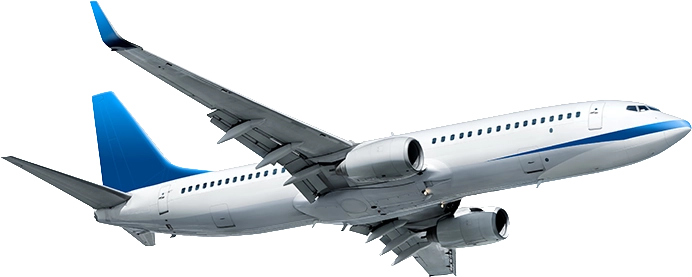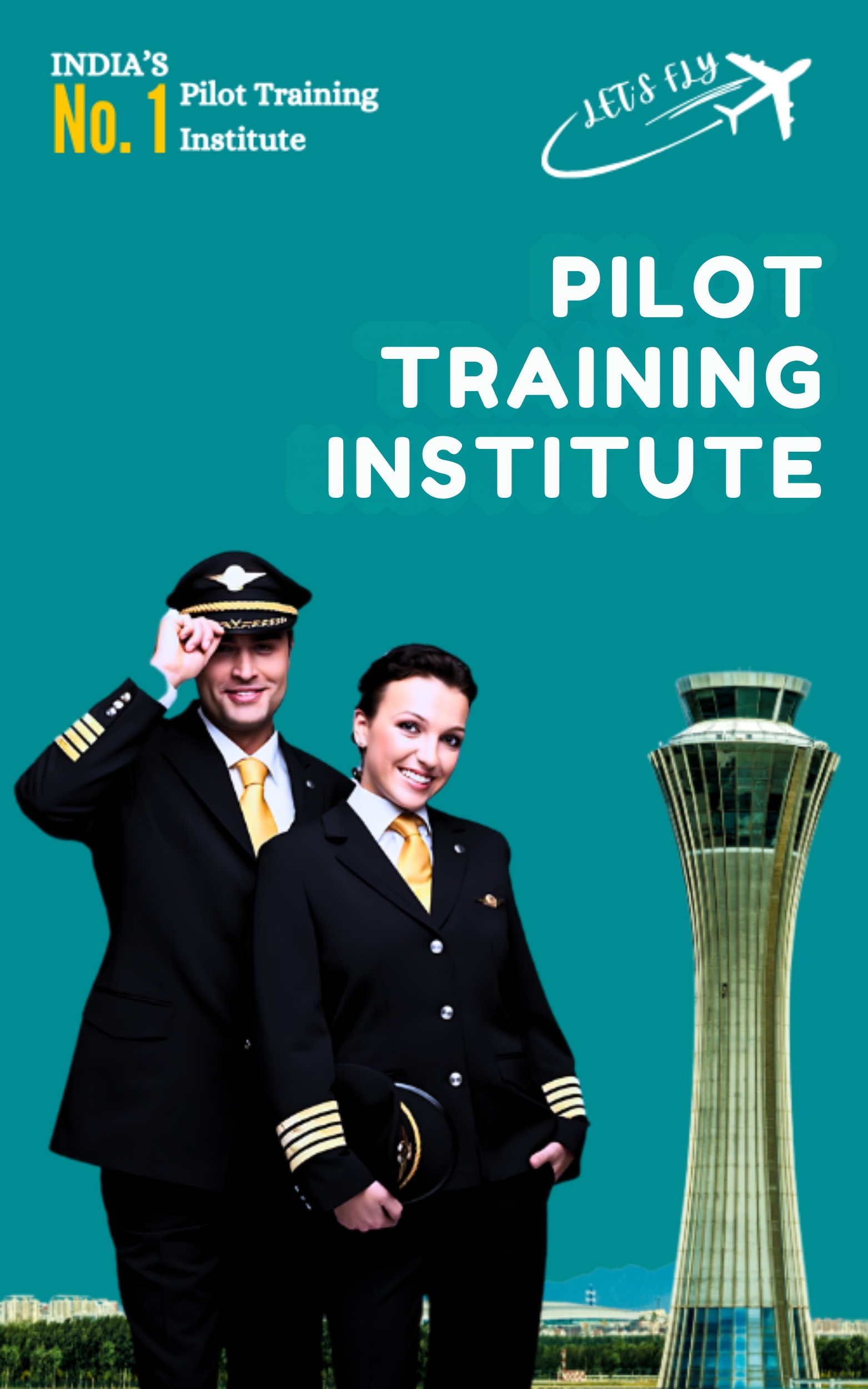Pilot Course in India: Fees, Eligibility & Career Guide
Are you dreaming of flying high in the sky and becoming a professional pilot? If the answer is yes, then a pilot course in India might be the perfect choice to start your journey in aviation. The country is home to various flying schools and has opportunities within the aviation and airline industry. India has progressively become a prime location for training aspiring pilots.
This guide aims to provide a thorough overview of the pilot course, pilot course in India, types of pilot courses in India, eligibility requirements, steps to enrol, potential career options, and most importantly, an in-depth analysis of the pilot course fees in India, considering both private and government institutions.
Pilot Course in India
A pilot course in India is a professional aviation training program that equips students with the skills, knowledge, and flying experience required to operate aircraft safely and efficiently. Whether you dream of flying a passenger aircraft, a cargo plane, or a private jet, a pilot course in India is your gateway to an exciting and reputable career in aviation.
The Directorate General of Civil Aviation (DGCA) regulates pilot courses in India. This guarantees that all pilot courses within the country maintain safety, operational, and training practices according to international standards.
What Does a Pilot Course in India Cover?
The pilot course in India covers both theoretical and hands-on activities (Practical). Here is what you will learn in the Pilot course in India:
- Ground School Subjects:
- Air Navigation: Map reading, route plotting, GPS interpretation, and more
- Meteorology: Studying weather patterns for safe flying
- Aircraft Technical Knowledge: Learning how an aircraft works
- Air Regulation: Rules and laws of flying in Indian airspace
- Radio Telephony: Air traffic controller Communications through radio.
- Practical Flying Training:
- Flying small aircraft (like a Cessna 172) with an instructor
- Learning take-offs, landings, and flight manoeuvres
- Handling emergencies
- Flying solo after your instructor feels you are ready.
Every pilot course in India is designed to ensure you’re safe, skilled, and confident before earning your pilot license.
Pilot Course in India – Types and Detailed Overview of Training & Licenses
When you decide to pursue a pilot course in India, it’s important to understand the different types of licenses you can obtain and what each course prepares you for. Each license has its own set of responsibilities, privileges, and career opportunities. Let’s discuss these in detail:
1. Student Pilot License (SPL)
This license or course is the first and essential step for anyone who wants to become a pilot. It is an entry-level course and is designed to give you a basic understanding of aviation and flying an aircraft.
- What You Learn:
- Basics of aviation and aircraft handling
- Rules of the air and basic air regulations
- Flight control instruments and their basic course overview
- Communication procedures and Radio communication procedures
- Initial dual flight sessions with an instructor
- License Scope:
The SPL is the fundamental license to perform actual flight training as it confirms the holder can operate an aircraft safely under guidance. With this license, you cannot carry passengers or fly solo until further training is completed.
2. Private Pilot License (PPL)
The most appropriate license for personal use and recreational flying would be the Private Pilot License (PPL). Unlike SPL, a PPL builds on the knowledge gained through it and incorporates more flight experiences.
- What You Learn:
- Advanced flight theory and aircraft systems.
- Loading, navigation, meteorology, and air law.
- Solo flying practice sessions.
- Handling of emergency procedures.
- Decision-making and planning.
- License Scope:
With a PPL, you can operate small aircraft privately but not for hire or unsalaried work. It’s well-suited for people interested in aviation or later intend to upgrade to commercial licenses.
3. Commercial Pilot License (CPL)
The Commercial Pilot License (CPL) is one of the most popular and essential licenses for those who want to become professional pilots in airlines or charter companies in India.
- What You Learn:
- Advanced flight training, including cross-country flying
- Night flying and instrument flying (IFR)
- Most programs include Multi-engine aircraft training
- Ground subjects like aviation meteorology, air navigation, aircraft technical knowledge, and flight performance
- Simulator training for real-world scenarios
- License Scope:
CPL allows you to operate aircraft for commercial purposes, including transporting passengers and goods. It’s your gateway to becoming a co-pilot in an airline or charter service. It enables you to act as a co-pilot for an airline or charter service.
4. Airline Transport Pilot License (ATPL)
After being a commercial pilot for some time, people aim for the Airline Transport Pilot License (ATPL), which is regarded as the highest level of license certification one can possess and It is required if you want to work as a captain in a commercial airline.
- What You Learn:
Advanced aerodynamics and flight planning.
Operations for complex systems and high-performance aircraft.
Human performance and limitations
Crew Resource Management (CRM)
Long-range advanced navigation planning.
- License Scope:
The ATPL is needed and necessary if you want to become a captain and fly commercial airline flights. It proves complete control over theoretical and practical knowledge of aviation. While training for an ATPL can begin during CPL, the license is typically only awarded after completing the required flying hours.
These structured pilot courses in India help you grow from a complete beginner to a seasoned professional and expert pilot. Whether you’re just curious about flying or aiming to become a captain, each license plays a key role in your aviation journey.
Pilot Course in India: Eligibility
Before applying for a pilot course in India, you must meet certain basic requirements for age, education, health, and physical fitness. This makes sure you’re healthy and ready for flight training.
- Age: 17
- Education: A 10+2 (or equivalent) education in Physics and Mathematics is a requirement. Students from non-science backgrounds can complete these subjects through open schooling before applying.
- Medical Fitness: A DGCA-approved Class 2 (for initial training) or Class 1 (for CPL) medical certificate is mandatory. This covered vision, hearing, heart function, and general physical fitness tests.
- Language Skills: Fluency in reading, writing, and speaking English is important since it is an internationally recognized mode of communication in aviation.
- Physical Appearance (Height & Weight):
- Minimum Height: Generally, 152 cm (around 5 feet) is the minimum. However, the ideal height ranges between 152 cm and 188 cm for cockpit compatibility.
- Weight: Proportionate to your height and within healthy BMI limits. While there’s no fixed weight limit for eligibility, but extreme underweight or overweight conditions may affect eligibility.
- Vision: Correctable vision with glasses or contact lenses is acceptable. You don’t need perfect vision, but colour blindness may disqualify you.
Final medical fitness is certified by DGCA
Pilot Course in India: Duration
The duration of a pilot course in India is determined by the license type or course you are pursuing.
- SPL: 1 to 3 months
- PPL: 6 to 12 months
- CPL: 18 to 24 months
- ATPL: Varies depending on flight hours and experience
The pilot course includes practical flying lessons and theory classes, which can be impacted by the weather and student performance.
Pilot Course Fees in India – A Complete Breakdown
It’s important to know the pilot course fees in India before you start your training. Here’s a rough estimate of the total costs:
Pilot Course Fees in India: Commercial Pilot License (CPL)
CPL is the most preferred pilot course in India and therefore has the highest fees.
- Pilot Course Fees in India : Private Flying Schools: ₹35 to ₹50 lakhs
Inclusive: Ground school, flight training (200 hours), study materials, uniform, simulator sessions, etc.
Pilot Course Fees in India: Private Pilot License (PPL)
PPL is relatively cheaper and ideal for hobby flying:
- Pilot Course Fees in India: ₹45 to ₹50 lakhs
- Additional Costs
- Medical Tests: ₹10,000 to ₹20,000
- License & DGCA Fees: ₹50,000 to ₹1,00,000
- Hostel and Food: ₹10,000–₹20,000 per month (if staying at the campus)
The pilot course fees in India require a considerable investment. But it’s possible to manage it with the proper financial planning and financial support.



